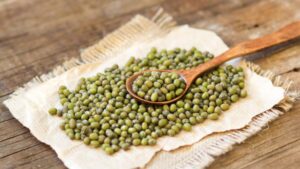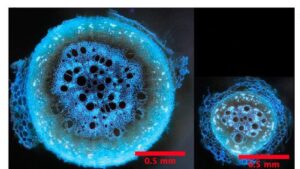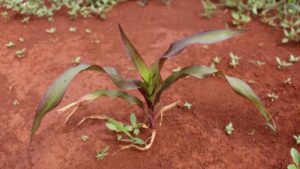A new study backed by Fundação de Amparo à Pesquisa do Estado de São Paulo (FAPESP) and published in ISME Journal discovered 522 genomes of archaea and bacteria linked to the roots and soil of two Brazilian plant species found in the montane savanna ecoregion.
Hundreds of microorganisms were identified, proving the ecoregion to be a biodiversity hotspot, as well as the potential of a multitude of unclassified and undescribed new organisms. This discovery could act as the foundation for biological substitute development of chemical fertilizers utilized by farmers, specifically those with phosphorus.
“Phosphorus is normally present in the soil, but not always in a form that plants can use. Most of the microorganisms we found make phosphorus soluble so that plants can absorb it,” said Antônio Camargo, first author of the article, in a release.
Vellozia epidendroides and Barbacenia macranta, both in the family Velloziacea, were two of the plants analyzed during the study. Vellozia epidendroides are found in shallow soil, while Barbacenia macranta grow on exposed rock. The specimen were gathered from a private area that’s adjacent to the Minas Gerais state Serra do Cipó National Park.
When microorganisms associated with plants grown in soil were compared to those grown on rocks, researchers found that while they comprised different communities, many species were shared. In fact, “several microorganisms were highly specialized in phosphorus transport and conversion to the soluble form of the mineral, which plants can absorb,” explained the release.
“Microbial communities also play an important role in supplying nitrogen, another essential plant nutrient,” said Camargo, researcher at the U.S. Department of Energy’s Joint Genome Institute — the location in which the genomes were sequenced.
“Previous research focused on plants’ mechanisms for adapting to the harsh conditions of this montane savanna and often ignored microorganisms. Our study shows that microorganisms can play a key role in plant adaptation to the extreme conditions of this environment. In particular, they supply the phosphorus need to fuel plant growth,” added Rafael Soares Correa de Souza, a corresponding author of the article.
Researchers hope that their findings can lend a hand to the development of products that take the place of chemical fertilizers that are based on phosphorus. Over half of the phosphate fertilizer utilized in Brazil is imported from countries including Morocco, Russia, Egypt, China and the U.S., according to the release. Phosphate fertilizer pollutes water bodies, is a source of greenhouse gas emissions and is a non-renewable natural resource.
“The study also underscores the need for conservation of Brazil’s ecosystems, which can supply many other nature-based solutions like this one,” added Rafael Soares Correa de Souza, co-founder of Symbionics.
Researchers are now focusing their efforts on testing the benefits of a variety of the microorganisms found in croplands. Experiments have begun at Campinas’ Genomics for Climate Change Research Center (GCCRC).













